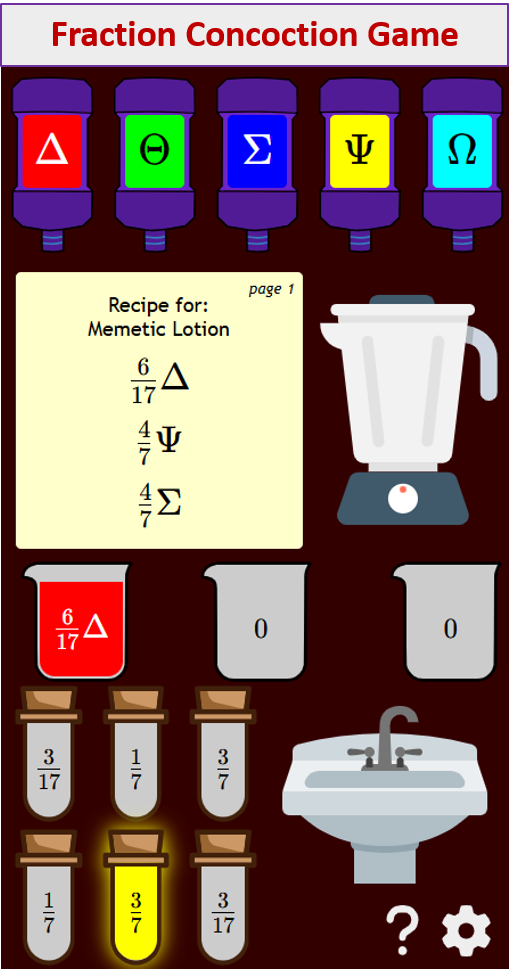

Three-Dimensional Figures
More Lessons for Grade 9
Math Worksheets
Some examples of three-dimensional figures are rectangular solids, cubes, cylinders, spheres, pyramids, and cones. In this lesson, we look at some properties of rectangular solids and right circular cylinders.
Rectangular Solid
A rectangular solid has six rectangular surfaces called faces, as shown in the figure below. Adjacent faces are perpendicular to each other. Each line segment that is the intersection of two faces is called an edge, and each point at which the edges intersect is called a vertex. There are 12 edges and 8 vertices.
The dimensions of a rectangular solid are the length l, the width w, and the height h.
A rectangular solid with six square faces is called a cube, in which case l = w =h.
The volume, V, of a rectangular solid is the product of its three dimensions, or
V = lwh
The surface area, A, of a rectangular solid is the sum of the areas of the six faces, or
A = 2(lw + lh + wh)
This video shows how to calculate the volume and surface area of a rectangular solid.
Circular Cylinder
A circular cylinder consists of two bases that are congruent circles and a lateral surface made of all line segments that join points on the two circles and that are parallel to the line segment joining the centers of the two circles. The latter line segment is called the axis of the cylinder. A right circular cylinder is a circular cylinder whose axis is perpendicular to its bases.The volume, V, of a right circular cylinder that has height h and a base with radius r is the product of the height and the area of the base, or
V = πr2h
The surface area, A, of a right circular cylinder is the sum of the areas of the two bases and the lateral area, or
A = 2πr2 + 2πrh
The video givdes two examples of finding the volume of a cylinder.
Try out our new and fun Fraction Concoction Game.
Add and subtract fractions to make exciting fraction concoctions following a recipe. There are four levels of difficulty: Easy, medium, hard and insane. Practice the basics of fraction addition and subtraction or challenge yourself with the insane level.



We welcome your feedback, comments and questions about this site or page. Please submit your feedback or enquiries via our Feedback page.